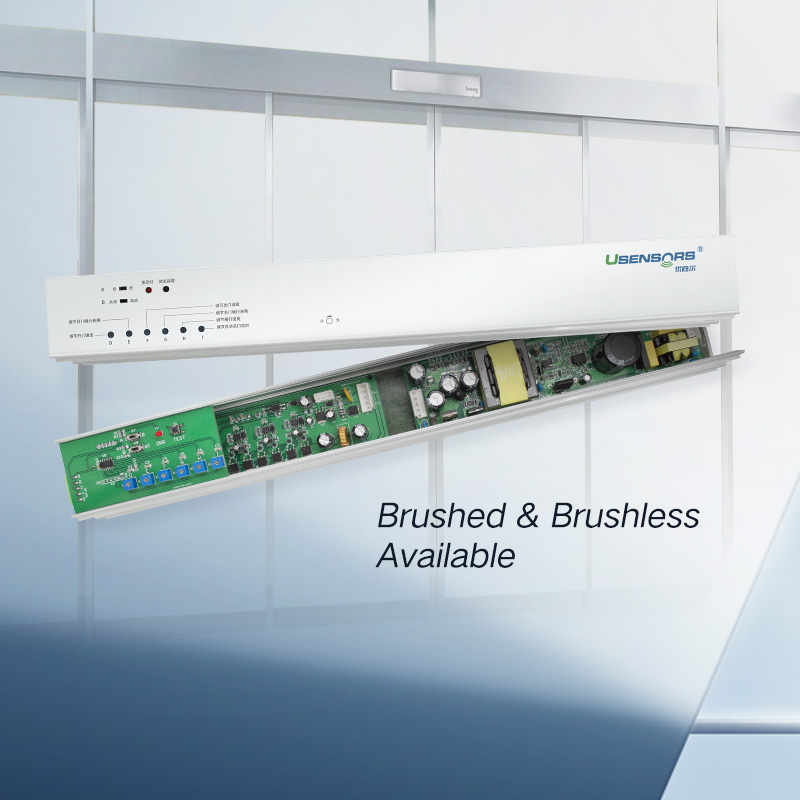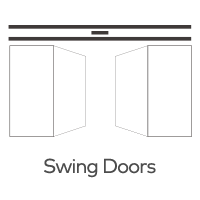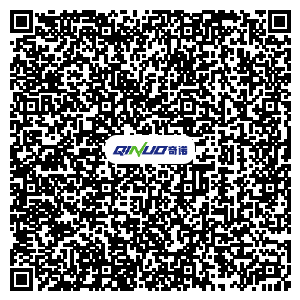What are the main components of a door controller?
Door controllers are vital components of access control systems that regulate and manage entry to specific areas or buildings. They play a crucial role in ensuring security and safety by authenticating users and granting access based on predefined permissions. A door controller serves as the interface between the access control software and the physical locking mechanism of the door. In this article, we will explore the main components of a door controller and their functions in creating a robust access control system.

1. Processor/Controller Board:
The processor or controller board is the heart of a door controller. It is a microcontroller responsible for processing data, handling authentication requests, and making access decisions based on the information received from the access control software. The controller board is the brain that executes the logic to grant or deny access to the door.
2. Memory:
The door controller requires memory to store critical data, including user credentials, access rights, and event logs. Memory allows the controller to maintain access control information even during power outages or system reboots. It also keeps a record of access events for auditing and reporting purposes.
3. Input/Output Ports:
Door controllers have input and output ports to connect various components of the access control system. Input ports receive signals from devices such as card readers, keypads, biometric scanners, and motion detectors. Output ports connect to electric locks, exit buttons, alarm systems, and other devices to control physical access.
4. Communication Interface:
A communication interface enables the door controller to connect and communicate with the central access control software or management system. Common communication interfaces include Ethernet, Wi-Fi, RS-485, and Wiegand. This connection facilitates real-time data exchange and enables remote monitoring and control of the door.
5. Power Supply:
A stable power supply is essential for the reliable operation of the door controller. Most controllers are designed to accept a wide range of input voltages and come with surge protection to safeguard against power fluctuations and potential damage.
6. Security Features:
Security is of utmost importance in door controllers. These devices often include built-in security features like encryption, secure communication protocols, and tamper detection. Tamper detection alerts the system if someone tries to manipulate or open the controller's enclosure, ensuring the integrity of the access control system.
7. Status Indicators:
To aid in troubleshooting and system monitoring, door controllers often have status indicators such as LEDs or LCD displays. These indicators provide visual feedback about the controller's status, connectivity, and access events.
8. Backup Battery (Optional):
Some door controllers come with an optional backup battery that provides power in case of a main power failure. The backup battery ensures continued operation and access control during temporary power outages.
Conclusion:
Door controllers are crucial components in modern access control systems, facilitating secure and efficient management of entry to restricted areas. The main components of a door controller, including the processor, memory, input/output ports, communication interface, power supply, security features, status indicators, and optional backup battery, work together to provide seamless authentication and access control. By understanding these key components, users can make informed decisions when selecting door controllers that meet their specific access control requirements and enhance the overall security of their premises.







